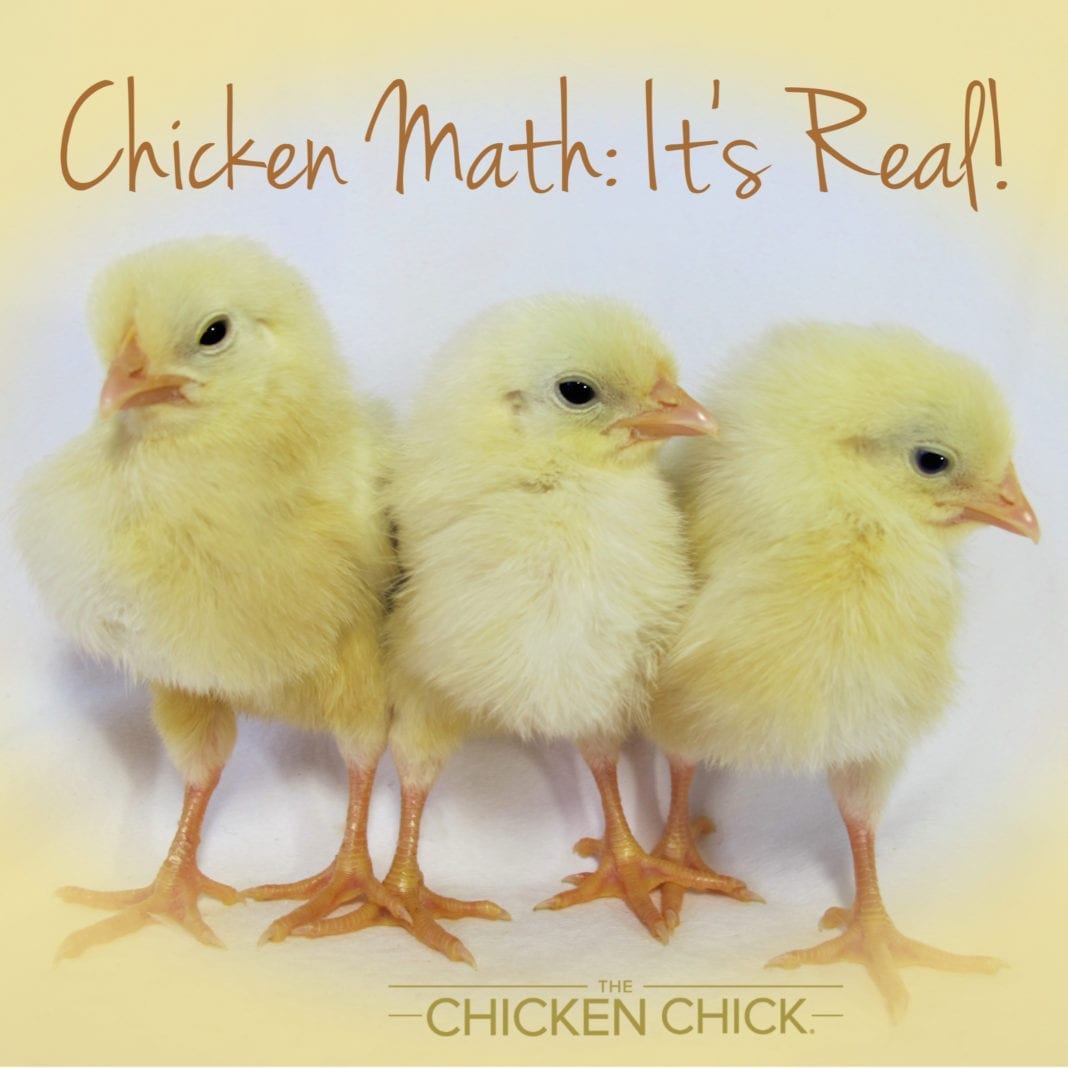

This includes emissions from land use change, on-farm production, processing, transport, packaging, and retail. But as the review above showed, despite this uncertainty, most analyses tend to converge on an estimate of close to half of habitable land being used for agriculture.įood is responsible for one-quarter of the world’s emissionsįood systems are responsible for around one-quarter (26%) of global greenhouse gas emissions.That can make it difficult to accurately quantify how much rangelands are used for grazing, and therefore how much is used for food production. The intensity of grazing on rangelands can vary a lot. Rangelands are grasslands, shrublands, woodlands, wetlands, and deserts that are grazed by domestic livestock or wild animals. The difference in these figures is often due to the uncertainty of the size of ‘rangelands’.83% of this is used for animal-sourced foods. The study by Joseph Poore and Thomas Nemecek (2018) estimates that 43% of ice- and desert-free land is used for agriculture.6 This left only 45% as ‘natural’ or ‘semi-natural’ land. (2010) found that by 2000, 55% of Earth’s ice-free (not simply habitable) land had been converted into cropland, pasture, and urban areas. Other studies find similar distributions of global land: in an analysis of how humans have transformed global land use in recent centuries, Ellis et al.Tackling what we eat, and how we produce our food, plays a key role in tackling climate change, reducing water stress and pollution, restoring lands back to forests or grasslands, and protecting the world’s wildlife. This means poultry livestock outweigh wild birds by a factor of more than 3-to-1.

BIG MEDIUM SMALL CHICKEN MATH PROBLEM DRIVER
This loss of natural habitat has been the main driver for reducing the world’s biodiversity. Large parts of the world that were once covered by forests and wildlands are now used for agriculture. Half of the world’s habitable land is used for agriculture. It is a crucial driver of climate change, responsible for around one-quarter of the world’s greenhouse gas emissions.įinally, agriculture has a massive impact on the world’s environment due to its enormous land use. It needs water as input and pollutes rivers, lakes, and oceans by releasing nutrients. Agriculture has a significant environmental impact in three key ways.įirst, it requires large amounts of fresh water, which can cause significant environmental pressures in regions with water stress.


 0 kommentar(er)
0 kommentar(er)
